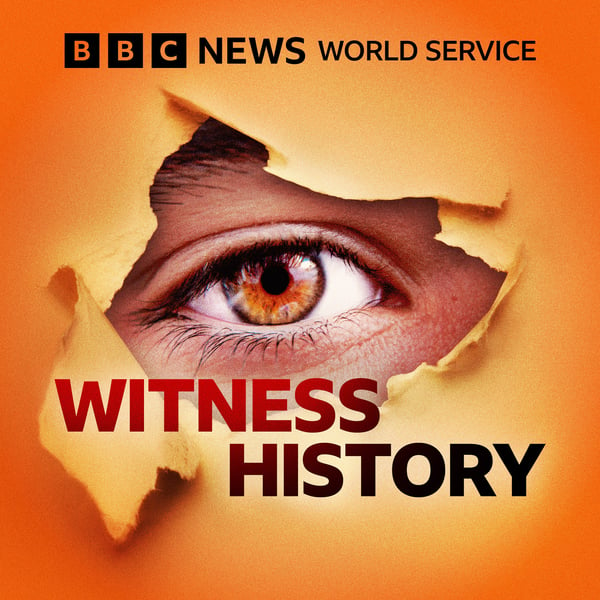Saving Guadalupe from goats
Witness History
BBC
4.4 • 1.6K Ratings
🗓️ 31 August 2023
⏱️ 10 minutes
🧾️ Download transcript
Summary
Transcript
Click on a timestamp to play from that location
| 0:00.0 | Hello, welcome to the Witness History Podcast from the BBC World Service with me, Jane |
| 0:09.2 | Wilkinson. We're going back to 2000 to the Mexican island of Guadalupe, where the ecosystem |
| 0:15.8 | was almost destroyed by goats and to meet a man who helped restore it to a Pacific paradise. |
| 0:24.4 | The island had been described as a dead ecosystem, like a walking dead, like a zombie ecosystem. |
| 0:29.5 | It was definitely somewhat apocalyptic, less and very beautiful and very sad at the same time. |
| 0:37.0 | That's Professor Ezekiel Escura, a conservationist, describing Guadalupe 250 kilometres of the western |
| 0:44.4 | coast of Mexico and almost constantly shrouded in fog. For thousands of years no one had ever lived |
| 0:52.2 | and it blossomed. It must have been really so beautiful at that time. In the north of the island |
| 0:58.2 | there it had oak forest, pine forest, a little bit further south it had a cypress grove, a very dense |
| 1:04.4 | cypress grove and then as you move south you reach large areas of prairies where you had a number |
| 1:10.6 | of plants that are spring flowering, beautiful vegetation. The island had no land animals |
| 1:17.8 | other than birds because it's too far away for any animal to have migrained it there so it was a |
| 1:23.1 | bird paradise. And then 200 years ago humans arrived. In the 19th century traders who were mostly |
| 1:32.3 | Russian studied using the island as a stopping place to get water but they had this traditional |
| 1:39.0 | wringing goats with them and releasing them on the island so the next year they could come to the |
| 1:45.5 | island and hunt for goats and get meat and the island proved to be an initially an amazing ecosystem |
| 1:51.8 | for the goats. It was a domestic goat, very very large prawns that came out horizontally from the head. |
| 1:59.2 | The population initially exploded because it had so much food. They reached huge numbers, |
| 2:05.7 | we don't know how many, there's assumed they might have reached somewhere between 100,000 to |
| 2:11.0 | four million. By the turn of the century the goat numbers had settled at around 40,000 on land |
| 2:18.3 | measuring just 300 square kilometers. They're really gorge during the spring, they're during the |
| 2:24.6 | rest of the year they were trampling and excavating in the soil trying to get seedlings, |
... |
Please login to see the full transcript.
Disclaimer: The podcast and artwork embedded on this page are from BBC, and are the property of its owner and not affiliated with or endorsed by Tapesearch.
Generated transcripts are the property of BBC and are distributed freely under the Fair Use doctrine. Transcripts generated by Tapesearch are not guaranteed to be accurate.
Copyright © Tapesearch 2025.

